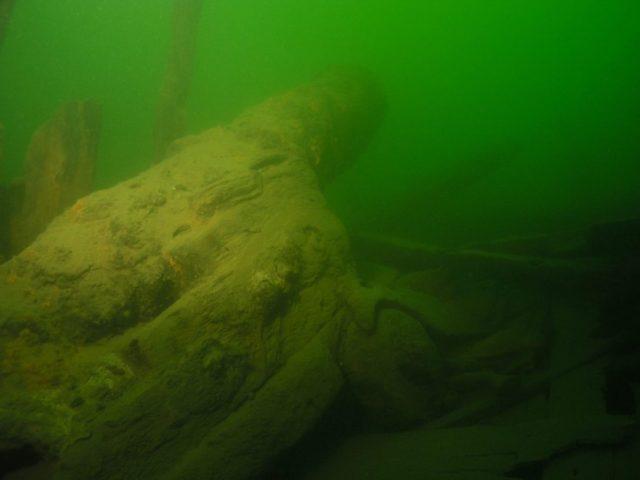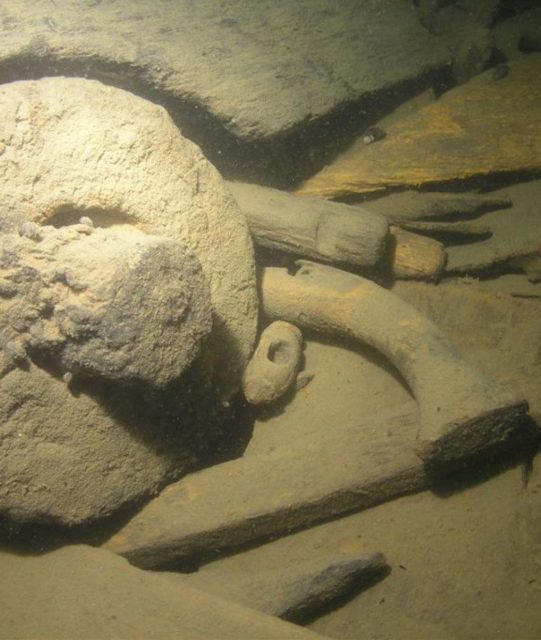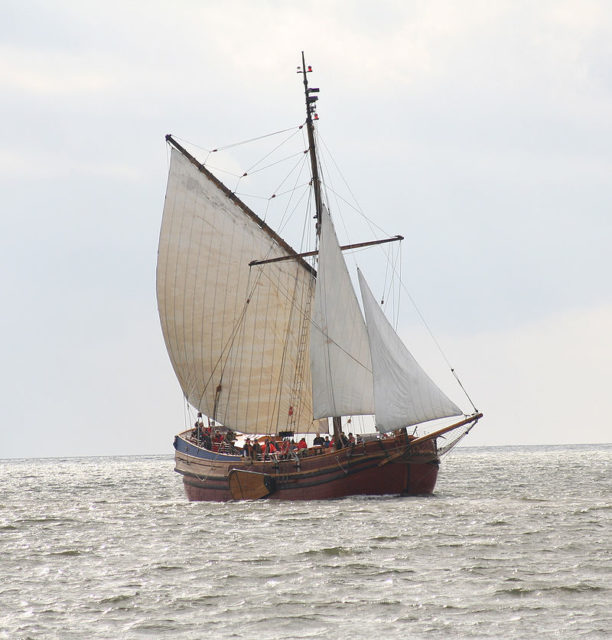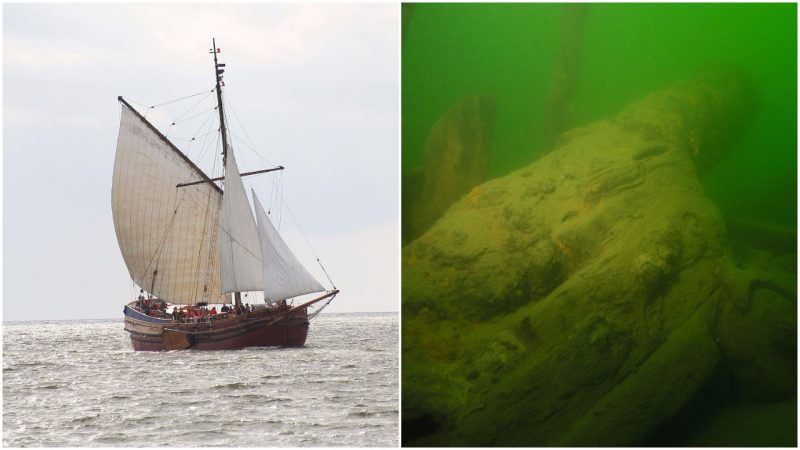For over 350 years a small ship sat in a little under 100 feet of water in the Baltic Sea. The ship was found in the area of the Stockholm archipelago, a chain of islands belonging to Sweden just south of Finland, in 2003, but it has posed a mystery because of its size and features. It has many of the accouterments of a warship, but seemed too small.
Archaeological diving in the archipelago has been going on for some time and now, with the use of modern equipment, more information about the mystery ship is being learned. The ship, named Bodekull, was identified by Dr. Niklas Eriksson at the Center for Maritime Studies and the Department of Archaeology and Classical Studies of Stockholm University. It turns out it was a Swedish naval ship that sank during the Scanian War in 1678. According to Dr. Eriksson, “The silhouette of the ship was similar to the larger warships from the time, which clearly distinguished Bodekull from the contemporary merchant vessels.”
Some interesting artifacts were found on board the Bodekull, including flint muskets, a sword, artillery shells, cannons, glass and pottery containers, tools, and shoes. Many of the artifacts, after being photographed and examined, were returned to the exact places they were found on board the ship. The wreck itself is one of the most complete examples of a 17th-century ship. The masts stand erect on a partially intact deck, it still has both anchors and the lion figurehead adorning the ship’s bow remains intact, as if the small ship was just waiting to complete its journey after 350 years.

Bodekull was built in southern Sweden in the 17th century under the supervision of English Master Shipwright Thomas Day and was named for the harbor city in which it was built, Bodekull, which is now Karlshamn.
In 1659 King Gustave was waging war against Denmark and had ships outfitted to transport soldiers and horses. Gustav died before he could attack Denmark, and the war was postponed. The transport ships, including Bodekull, were converted for other uses.
Bodekull had gun ports on her sides and a carved lion on the bow of the ship, usually found on warships, which were left intact after her refit. Another missing component was the Swedish insignia–a requirement for a warship.

In 1675 the war with Denmark resumed. In 1678 the Swedish navy decided to stay near the southernmost city of Kalma rather than return to Stockholm for the winter and sent Bodekull to a coastal mill to grind cereal. Commander Olof Styff disobeyed his orders and sailed to an island in the Stockholm archipelago instead. Upon his return, the Bodekull, carrying 20 barrels of flour, hit a rock and sank. It is safe to assume that the ship sank slowly since all of the flour and the crew were saved.
There was no report of any casualties or injuries and the flour, although waterlogged, made it to Stockholm. Documents have been produced that show discussions between officers of the Swedish Admiralty regarding the sinking, and oddly enough, the discussions were more concerned with the waterlogged flour and how to use it than the inability of Commander Styff to follow orders and subsequent loss of the ship.

The Stockholm archipelago is one of the several groups of islands in the Baltic Sea and consists of over 30,000 islands and large rocks jutting out of the sea. The islands, once home to farmers and fishermen, are today an escape for the citizens of Stockholm and the surrounding area.
They are filled with expensive summer homes, resorts, and activities. There are secluded beaches, rocky cliff areas, and a thriving nightlife. Rental cottages, hotels, and fabulous restaurants dot the islands welcoming visitors 12 months a year.
